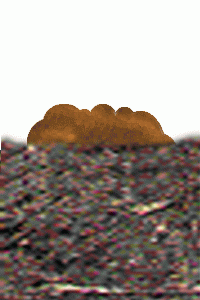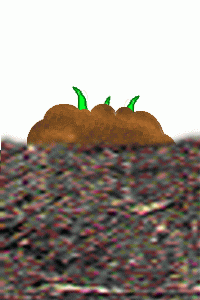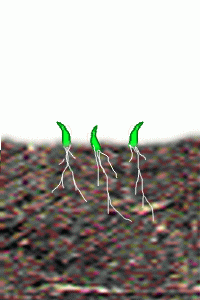Plant Cloning
Plant cloning, such as the use of plant tissue culture techniques, is an asexual reproduction of plants to produce duplicates from one plant specimen.
The good properties of plants can be propagated to further generations.
Plant Tissue Culture
The technique of plant tissue culture involves micropropagation and plant cell culture.
Plants usually reproduce by producing seeds. This way of reproduction produces a variety of plants similar, but not identical, to the parent. Good characteristics may not be conserved.
Plant tissue culture technique was developed to solve the above problem. It was found to be an effective way for large-scale production of good crops. They produce identical copies of the parent plant.
Micropropagation
Clonal propagation or micropropagation - one of the most efficient methods to produce a large number of identical plants rapidly.
It is an extension of conventional propagation techniques carried out on a miniature scale under aseptic conditions.
Different means of Micropropagation
Micropropagation techniques focus on the exploitation of meristem, which is found all over the plant in various stages.
1. Micropropagation by axillary shoots
2. Micropropagation by adventitious shoots (via a callus)
3. Micropropagation by adventitious shoots (directly from explants)
Micropropagation by axillary shoots
Micropropagation by adventitious shoots (via a callus)
Callus and adventitious meristems
Micropropagation by adventitious shoots (directly from explants)
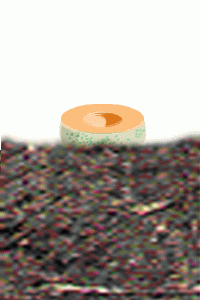
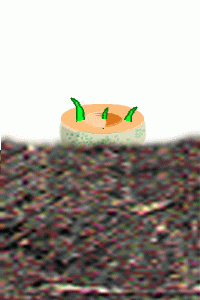 Explant (stem) & adventitious buds
Explant (stem) & adventitious buds
Section of plant & adventitious meristems
Plant cell culture
Cell or suspension culture consisting of single cells or small clumps can be kept in suspension by agitation.
It may be induced to undergo embryogenesis by adjusting the level of plant growth factors in the culture.
It can then be used for the regeneration of the whole plant.
However, this procedure results in genetic instability of new variants.
More often, the cell suspensions are used to produce enzymes or useful metabolites, such as drugs, pigments and flavors.
Applications of Plant Cloning
Cauliflower Cloning
Cauliflower is ideal for plant tissue culture because it is readily available and grows rapidly.
Cauliflower is cut into small pieces and cultured in a growth medium.
Growth can be seen after 10 days and plantlets ready for transplantation are formed within 12 weeks.
*Procedures of cauliflower cloning.
(Please refer to Experiment "Cauliflower Cloning")Banana Cloning
Bananas have three sets of chromosomes and this makes them sterile i.e. they cannot produce fertile seeds.
New banana plants, therefore, have to be produced by cloning.
Small pieces of tissue from the plants are grown on a growth medium containing nutrients and hormones.
When the plantlets produce roots, they are transferred to pots and hardened off in hothouses before sending to plantations.
Copyright(c)2002 HKIEd. All Rights Reserved.
請採用 Internet Explorer 4.0 或 Netscape Navigator 4.0 或以上瀏覽器,並以800x600解析度瀏覽。
